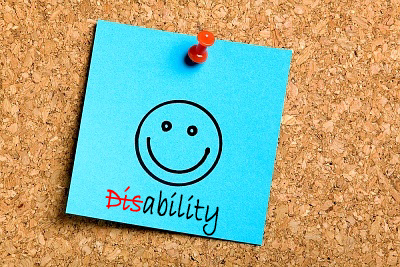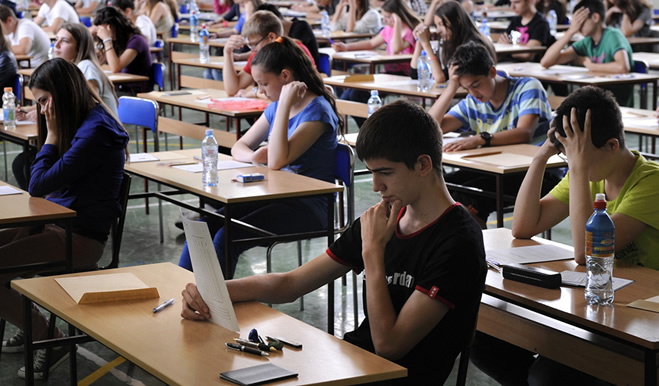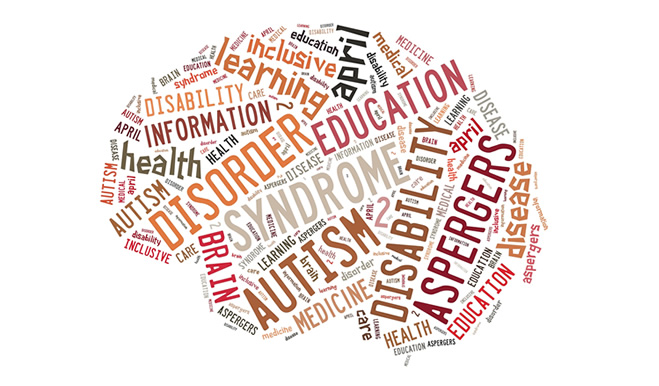Disabilities / Differing Abilities
What is Disability
There is no standard definition of disability, despite much debate on the issue. Current definitions vary across Europe.
In the Irish context, the legal definition of disability is outlined in the Equal Status Acts 2000-2004 and the Disability Act 2005. This definition is broad and includes people who have physical, learning, sensory, psychiatric or medical conditions. In contrast, the EPSEN Act 2004 defines special educational needs as ‘a restriction in the capacity of the person to participate in and benefit from education on account of an enduring physical, sensory, mental health or learning disability, or any other condition which results in a person learning differently from a person without that condition’. EPSEN Act 2004.
The trend in recent years has been for definitions of disability to reflect the shift from a medical to a social model of disability, which has a focus on environmental factors. It holds that people with disabilities are prevented from achieving their full potential, not because of their abilty, but by the attitudes and conventions of society at large.
 In the social model, a disabled person might have certain impairments, but it is the barriers in the environment (i.e attitudes, discriminatory practices, or stairs without ramps, etc.) and in the world around them, which actually ’disable’ a person.
In the social model, a disabled person might have certain impairments, but it is the barriers in the environment (i.e attitudes, discriminatory practices, or stairs without ramps, etc.) and in the world around them, which actually ’disable’ a person.
A report from The Review Group on Access and Participation of Students with Disabilities in Higher Education used the following definition:
'A student is disabled if he/she requires a facility which is outside of the mainstream of the college in order to participate fully in Higher Education and without which the student would be educationally disadvantaged in comparison with their peers'.
People may choose to keep the fact that they have a disabilty private. Disabilities are not always visible - for example, it may not be obvious that a person is deaf, or has a learning disability. Mental illness can also be an invisible disability.
Visible disabilities on the other hand, are noticeable through casual observation - an immediately recognisable physical impairment might be obvious by the presence of a guide dog, or a wheelchair.
A person may have multiple physical disabilities caused by a primary condition such as Cerebral Palsy, but have perfect mental and cognitive ability.
People who have acquired disabilities, following an accident or an illness, may face additional challenges in making physical or psychological adjustments to their new situation.
The important fact is that whatever the disability, there is also ABILITY, and the person should always come first - their disability is not the totality of who they are in the world.
Students, too, are much more than their disability, and in the context of education and career guidance, it is important to respond to their needs on an individual basis.
Check out the DisAbility access Map from AHEAD
AHEAD, the Association for Higher Education Access and Disability is an independent non-profit organisation working to promote full access to and participation in further and higher education for students with disabilities and to enhance their employment prospects on graduation.
Latest Research & Information
NCSE National Council for Special Education
DFI Disablility Federation of Ireland



